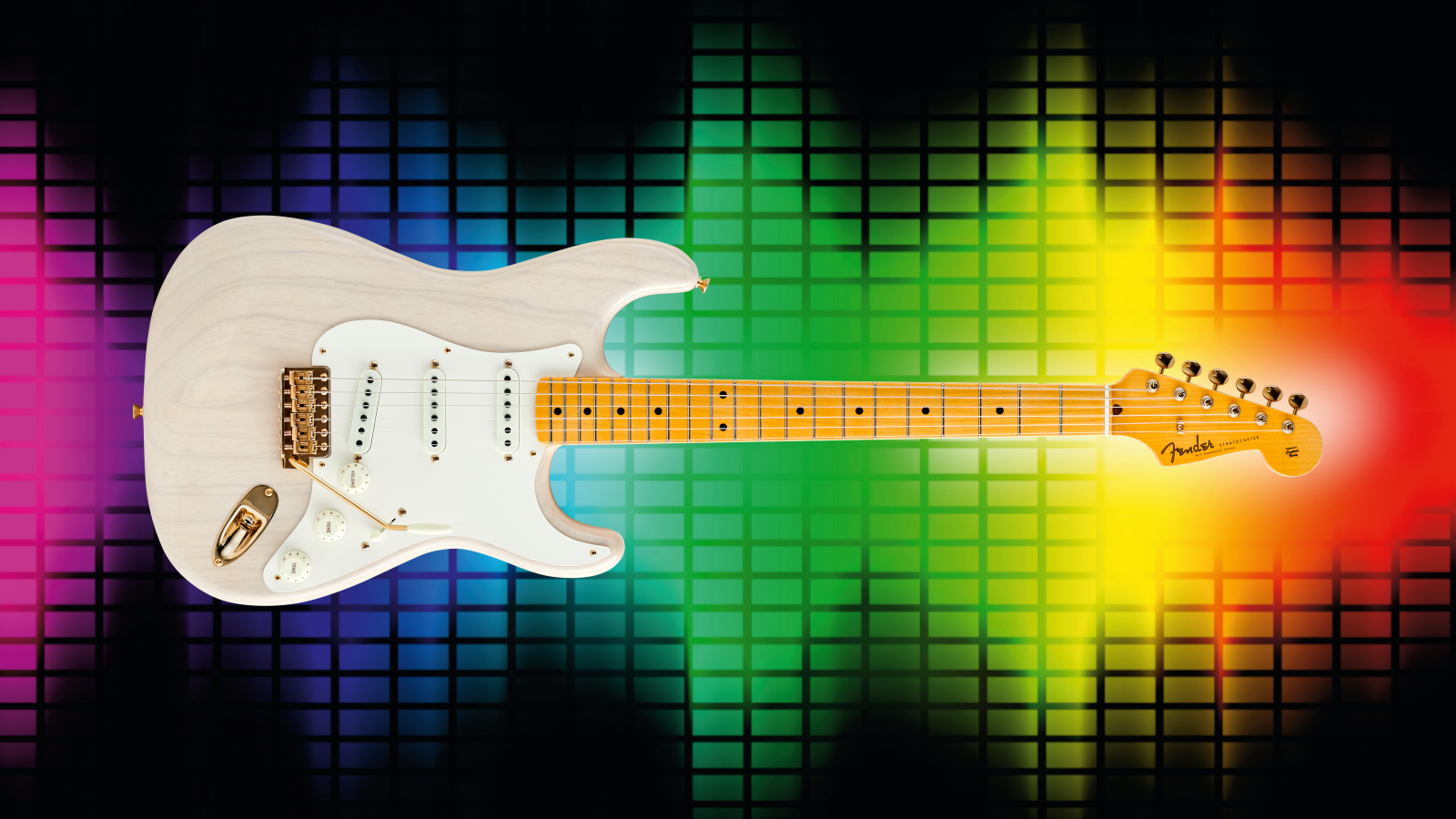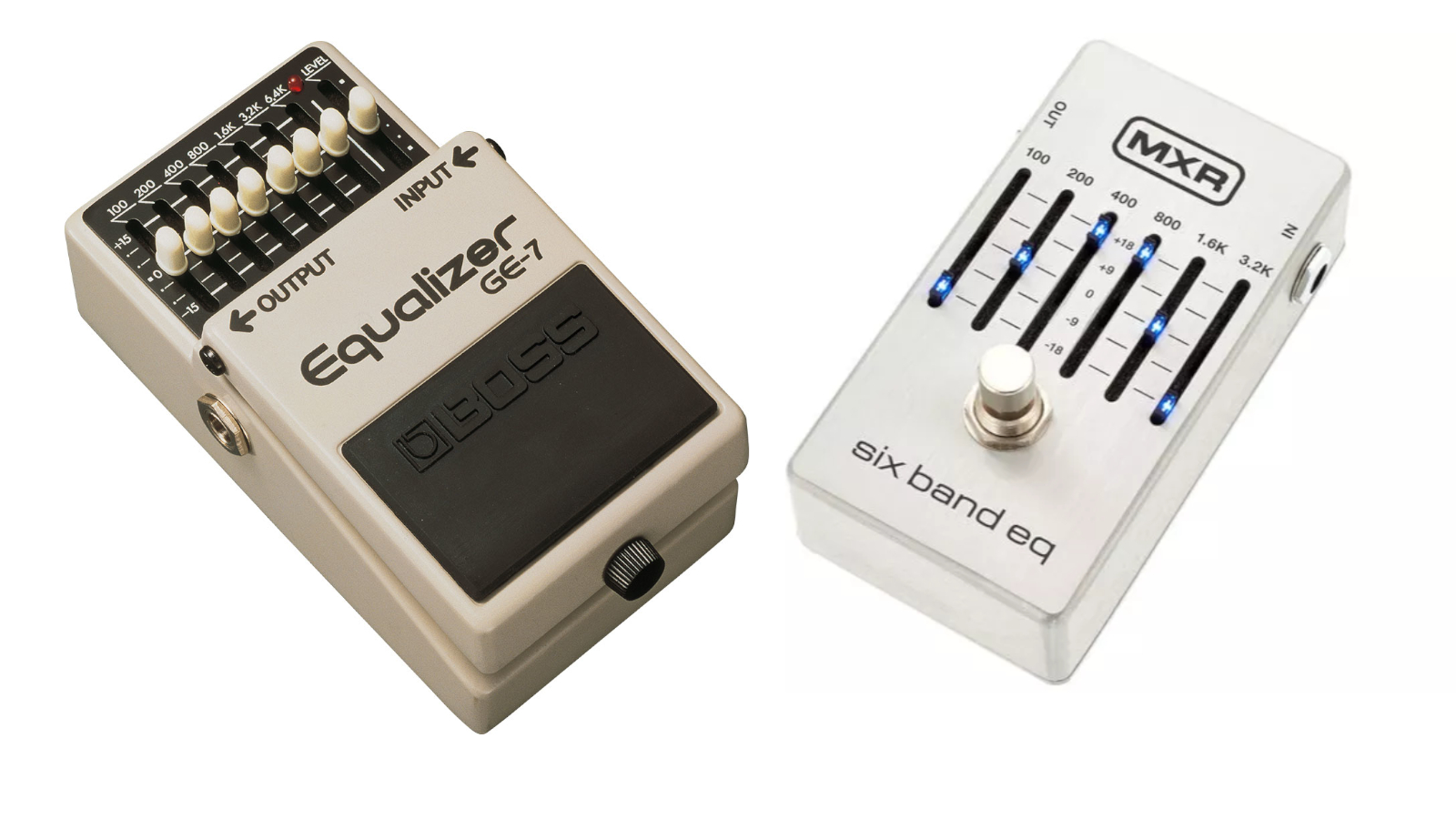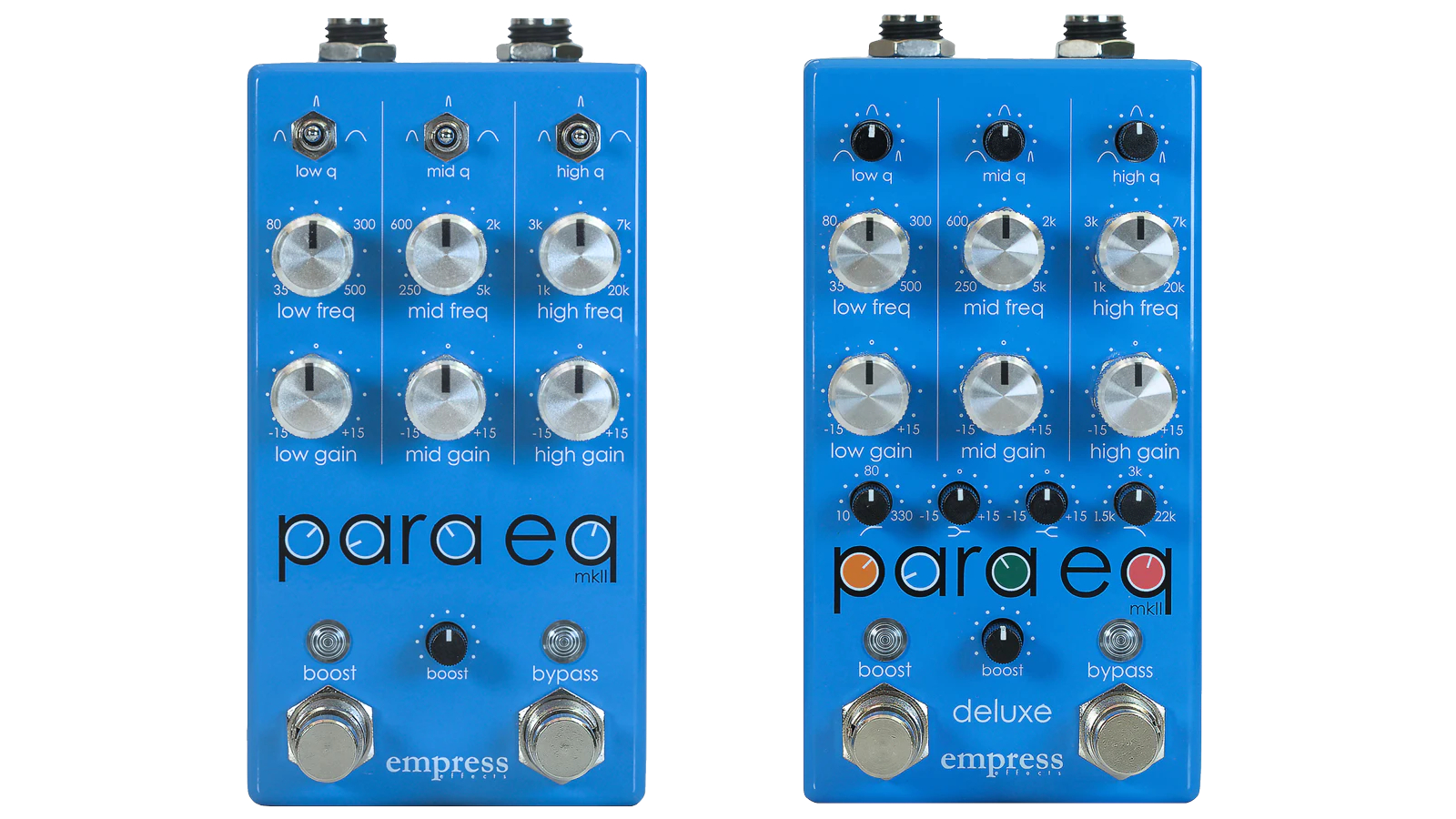An Essential Guide to Guitar EQ Pedals
All you need to know about the basics of equalizer stompboxes

An EQ (equalizer/equalization) pedal could be one of the most genuinely useful stompboxes you don’t own.
When it comes to shaping tone and improving the audibility of guitar parts, it's often the most helpful tool in the box.
Rather than just kicking up your entire volume, a good EQ pedal used well almost always proves to be a more effective and agreeable method of bringing your sound sharply into focus.
Whether on stage or in the studio, having the ability to quickly fine tune a sound that works well for everyone makes all the difference.
It can also be an efficient way of controlling feedback – from combating problems with acoustic guitar to coaxing something musical out of an electric guitar.

Graphic EQ vs. Parametric EQ
Traditionally, EQ units come in two formats: graphic and parametric. Both are able to cut and/or boost certain areas of the frequency spectrum.
A graphic EQ can offer quick, easy solutions by boosting or cutting gain at fixed frequencies using multiple band sliders that also act as a handy visual aid.
Get The Pick Newsletter
All the latest guitar news, interviews, lessons, reviews, deals and more, direct to your inbox!
A parametric EQ tends to provide more detailed choice and control while allowing continuous sweep across ranges of the audio spectrum, normally using knobs.
Having centered in on the chosen frequency (measured in hertz/Hz) users can then boost or cut gain as required.
On some units it is also possible to adjust how surrounding frequencies are filtered by widening and narrowing the Q curve.

What Makes a Good EQ Pedal?
It depends on your objectives. While some guitar players think of equalization as an indispensable utility, others approach it more like an overt filter effect (think AM radio sounds or fixed wah lead tones, for example.)
If all you need is a basic mid-boost for solos, then a complex studio-style unit is likely to be overkill. In this case, a simple booster pedal or low-gain overdrive with some midrange emphasis could do the job nicely.
However, if you’re trying to surgically carve out your space in a mix that contains other guitars and similarly midrange-focused sounds like vocals and saxophone, then you may be better off choosing an EQ pedal that allows for more precise adjustment.
If you have a good set of ears, parametric EQs let you really zero in on things, though many find they also get successful results from the visually intuitive graphic EQs.

Keep It Clean
Ultimately, a good EQ pedal is one that helps you achieve your musical goals, but there are a number of other things you may wish to consider when trying to make the best choice.
Good signal-to-noise ratio and signal clarity are of great importance to some – particularly when using an EQ pedal for recording because strengths and weaknesses are far more likely to show up under close scrutiny in the studio.
Headroom and the amount of available boost (usually expressed in decibels/dB) are also high on the agenda, as this will provide a greater range to work within before the signal clips.
Unwanted distortion and noise may not appear obvious during a gig or even in the rehearsal room. But it can come over loud and (un)clear through studio monitors.

Expanding Creative Options
Experimenting with EQ is one of the best ways to explore your instrument's capabilities, and an equalization pedal provides an easy, hands-on approach to discovering new and interesting sounds.
We were making a guitar sound that I would not have worked with before
Adrian Utley
While expanding your creative options, understanding EQ can change the way you think about guitar tone forever.
Portishead’s Adrian Utley told us about his eureka moment when recording with Jeff Beck in the early '90s. “We were working together in the studio all the time,” said the guitarist. “I’d play something, and he would immediately EQ it and take all the low-end out of it.
“So we were making a guitar sound that I would not have worked with before. Previously, I would’ve gone, ‘Don’t fuck with my guitar sound, man! I know better – don’t touch my amp!’ Y’know, in another studio – in another world.
"Now, I totally get it.”

Rod Brakes is a music journalist with an expertise in guitars. Having spent many years at the coalface as a guitar dealer and tech, Rod's more recent work as a writer covering artists, industry pros and gear includes contributions for leading publications and websites such as Guitarist, Total Guitar, Guitar World, Guitar Player and MusicRadar in addition to specialist music books, blogs and social media. He is also a lifelong musician.
"The only thing missing is the noise from the tape loop." We review the Strymon EC-1 Single Head dTape Echo, a convincing take on a very special vintage tube Echoplex
"BigSky MX will be replacing the BigSky as my go-to reverb pedal. I’ve heard nothing that covers all the bases with such pristine and detailed audio quality." We crowned the Strymon BigSky MX the champ of multi-reverb pedals











